Zimmer expands ASC footprint with Getinge distribution deal

Editor's Note Zimmer Biomet is taking a strategic step to dominate the ambulatory surgery center (ASC) market by partnering with Getinge to distribute surgical and infection control products, broadening its offering beyond implants and robotics, MedTech Dive July 14 reports. The partnership would provide ASCs with a single-source solution for…
Study: Clean paper towels match or exceed sterile options in surgical hand antisepsis

Editor's Note A study published July 9 in the American Journal of Infection Control found that clean paper towels are as effective—and in some cases more efficient—than sterile alternatives for surgical hand antisepsis. The results support their use as a cost-saving and safe alternative to sterile hand-drying products in surgical…
AI tool flags surgical site infections from wound photos, boosting safety in outpatient recovery
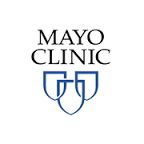
Editor's Note Mayo Clinic researchers have developed an artificial intelligence (AI) system that detects surgical site infections (SSIs) from patient-submitted wound photos. According to the July 7 announcement, the model achieved 94% accuracy in detecting surgical incisions and an 81% area under the curve (AUC) in identifying infections. According to…
Study: Crowded OR boosts likelihood of airborne bacterial contamination during sterile prep
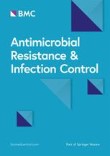
Editor's Note Reducing the number of OR personnel during preparation of sterile surgical goods significantly lowers airborne bacterial contamination, according to a randomized controlled trial published June 15 in Antimicrobial Resistance & Infection Control. The study measured contamination levels during sterile setup for 69 open-heart surgeries, comparing rooms with two…
Revised sterilization standards demand urgent attention from perioperative leaders
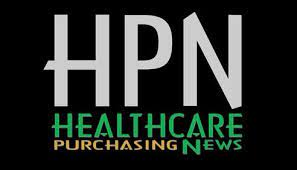
Editor's Note New and revised sterilization and reprocessing standards are reshaping the landscape for sterile processing departments, placing greater emphasis on chemical modalities, device-specific protocols, and system-wide quality management, according to the Healthcare Purchasing News May 27 update on compliance and standards. Among the most significant developments is the overhaul…
‘SMART Toolkit’ empowers healthcare leaders with actionable strategies to reduce HAIs

Editor's Note A new digital resource is helping hospital leaders strengthen infection prevention efforts by focusing not just on bedside protocols, but on management strategies proven to reduce healthcare-associated infections (HAIs). The “SMART Toolkit,” developed by researchers at The Ohio State University and launched in July 2022, offers a free,…
Amid outbreaks, vaccine policy shifts, experts offer practical strategies to safeguard OR staff
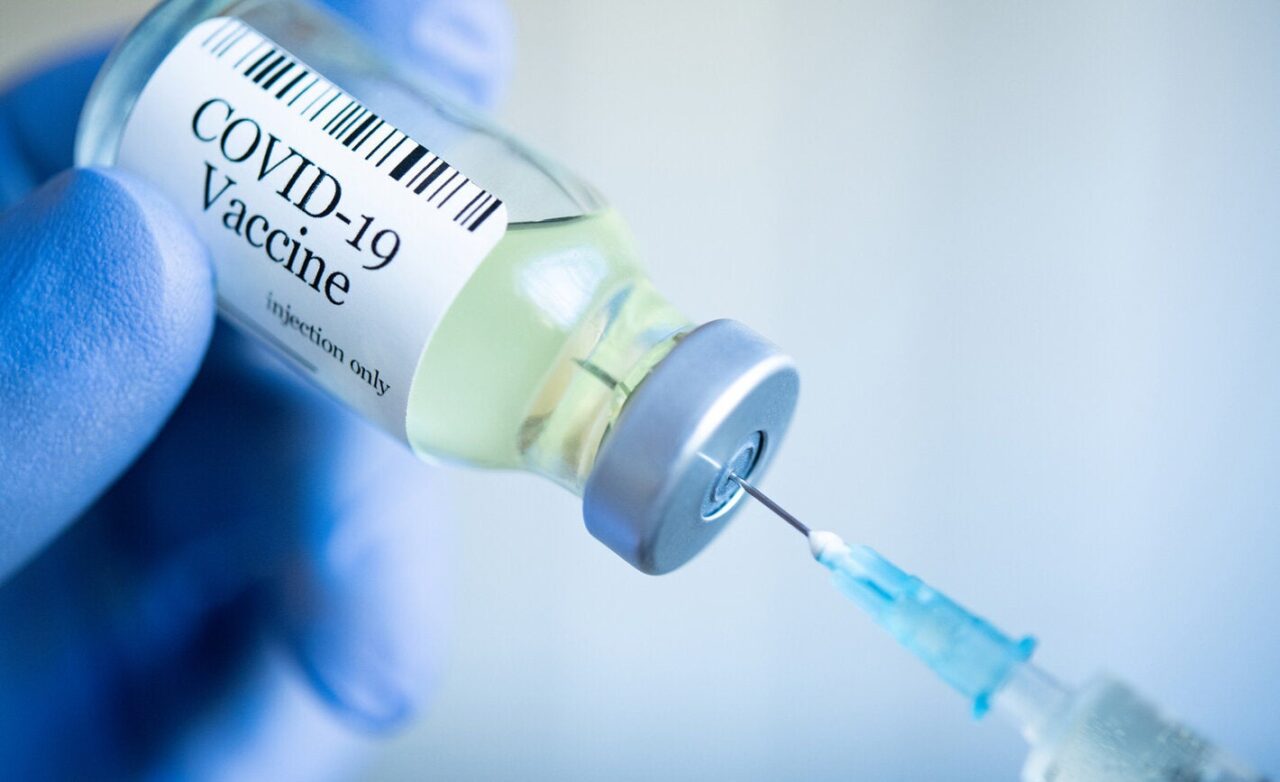
Vaccine health has been dominating the news amid ongoing measles and whooping cough outbreaks and high influenza activity last season. It is also on the minds of The Joint Commission surveyors, as the organization has updated infection control standards that took effect in July 2024 for hospitals and critical access…
Study: Pneumonia risk lower for COVID-19 than influenza, RSV
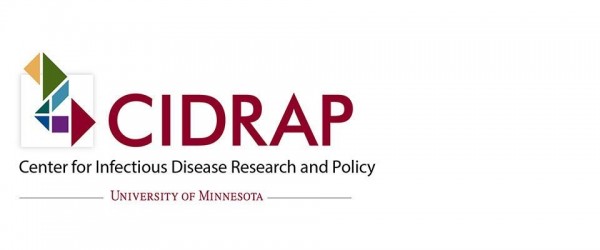
Editor's Note Influenza and RSV infections more than double the risk of secondary Streptococcus pneumoniae infection, while COVID-19 is associated with a significantly reduced risk, according to a June 2 news brief from the Center for Infectious Disease Research and Policy (CIDRAP). The findings stem from a retrospective study of…
Study highlights surgical slush sterility, heart health risks

Editor's Note Researchers studying the exposure of sterile surgical slush to open air urge the adoption of closed-system technology to alleviate risks to sterility and surgical outcomes, according to a May 19 article in OR today. The article focuses on a time and motion study led by perioperative nursing leaders…
Standards strengthen sterilization, disinfection process chains

Preventing infection from contaminated surgical tools requires attention to every link in a complex chain of processes, from point-of-use pretreatment in the OR to the moment the freshly disinfected or sterilized item arrives at the next patient’s bedside. For those on the front lines, manufacturers’ written instructions for use (IFUs)…

 Free Daily News
Free Daily News